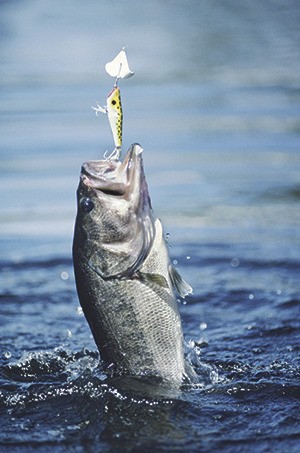The Washington Salmon Recovery Funding Board and the Puget Sound Partnership today announced the award of $44.3 million in grants to organizations around the state for projects that will restore salmon habitat and conserve pristine areas, all targeted at bringing salmon back from the brink of extinction.
“Salmon recovery is an important priority in Washington,” said Gov. Jay Inslee. “These efforts help ensure that our grandchildren will be able to see this iconic species return home every year. We are preserving salmon for the families and businesses that rely on them for their livelihoods, their recreational pursuits and their culture or sustenance. We also are helping our communities restore lands that will yield other important values like resilience to flooding or habitat for a variety of other species. It’s a smart investment any way you look at it.”
The Salmon Recovery Funding Board awarded grants to organizations in 28 counties (Search for King County) for 141 projects. The grants will be used to remove barriers that prevent salmon from migrating, increase the types and amount of habitat for salmon, conserve pristine areas and replant riverbanks so there are more places for salmon to spawn, feed, rest, hide from predators and transition from freshwater to saltwater and back again.
Funding for the grants comes from the sale of state bonds and the federal Pacific Coastal Salmon Recovery Fund, administered by the National Oceanic and Atmospheric Administration’s National Marine Fisheries Service. Nearly $25 million comes from the Puget Sound Acquisition and Restoration fund, which is dedicated to the most effective projects in the Puget Sound region.
“What’s good for salmon is good for people, too. As the largest estuary in the nation, Puget Sound is the nursery for much of the Northwest’s salmon populations. It’s also home to more than two-thirds of our state’s population,” said Sheida R. Sahandy, executive director of the Puget Sound Partnership. “These funds advance regionally significant projects that protect treaty rights, provide clean water and healthy food and ensure a future for the natural resources that feed our souls and fuel our economy.”
What is the Problem?
Salmon populations in Washington had been declining for generations. As Washington grew and built its cities and towns, it destroyed many of the places salmon need to live. In 1991, the federal government declared the first salmon as endangered. By the end of that decade, salmon populations had dwindled so much that salmon and bull trout were listed as threatened or endangered in three-quarters of the state. Those listings set off a series of activities including the formation of the Salmon Recovery Funding Board to oversee the investment of state and federal funds for salmon recovery.
“Without these projects, we would lose salmon entirely,” said David Troutt, chair of the Salmon Recovery Funding Board. “These grants are restoring the places where salmon live and we have seen these projects stop salmon populations from declining. Salmon are experiencing the impacts of climate change right now, from droughts to warming oceans. The problems seem very large and daunting, but the work we do in our watersheds to ensure the surviving salmon have a home when they return from their incredible journey is making a difference. It’s a challenge and not one we are winning everywhere. There is a lot of work left to do all around the state and we must continue these important investments if we are to return salmon to healthy and sustainable numbers. This is important work, worth doing.”
How Projects are Chosen
Projects are selected by lead entities, which are watershed-based consortiums that include tribes, local governments, nonprofits and citizens. Lead entities recruit projects and sponsors, make sure the projects are based on regional salmon recovery plans approved by the federal government and prioritize which projects to submit to the Salmon Recovery Funding Board for funding. Then, regional salmon recovery organizations and the Salmon Recovery Funding Board review each project to ensure they will help recover salmon in the most cost-effective manner.
“We think this process – involving individuals from state, local, nonprofit, tribal and federal entities – ensures that only the best projects are funded,” said Kaleen Cottingham, director of the Washington State Recreation and Conservation Office, which administers the grants. “This is a bottom-up approach. Local groups identify what needs to be fixed for salmon in their communities and then those projects are subject to technical and scientific review at a regional and state level, ensuring we invest the money very wisely.”
Salmon Recovery Means Jobs
Recent studies showed that every $1 million spent on watershed restoration results in an average of 16.7 jobs and up to $2.6 million in total economic activity and that 80 percent of grant money is spent in the county where the project was located.
Information about the Salmon Recovery Funding Board and the Recreation and Conservation Office is available online at www.rco.wa.gov.



